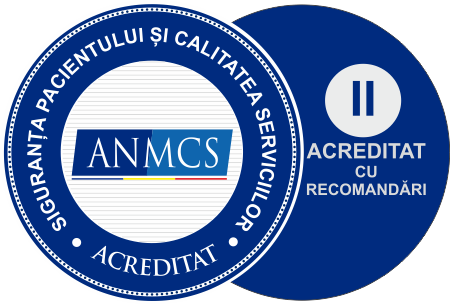Types of Pain:
Pain can be localized, radiating or referred.
Localized pain refers to the situation in which the person indicates the exact areas of the body that hurts. If the pain seems to extend over a part of the body from the point of origin (e.g., back pain radiating in the sciatic nerve) we are talking about radiating pain.
If the person experiences more or less extended cutaneous pain without a clear location, we are dealing with a referred pain.
The pain is subsequently divided into:
- acute, when it appears suddenly and has a limited duration because it stops when the cause is eliminated
- chronic, more persistent than acute pain: in fact the symptom lasts longer than expected and affects the patient’s social life and personality.
The is also the somatic and psychosomatic pain. The first one involves the nervous system, whereas in the second one, the physical component is supplemented by an emotional one.
Acute Pain
Appears suddenly and it is the classical warning signs that facilitates suitable action in order to avoid more severe body injuries, such as, for instance, maintaining the injured part of the body at rest. If the pain persists beyond the healing process, it takes the shape of a chronic pain. In mod cases, it can be the symptom that helps the physician immediately set a diagnosis.
Regardless of its source, acute pain triggers defence and protection reactions including: mood shifts (depression, anxiety, fear) vegetative nervous system changes (cardiac rhythm and blood pressure changes, nausea, vomiting, perspiration), posture changes.
Chronic Pain
Affects hundreds of millions of people all over the world and changes their physical, emotional and professional capacity. In the past, pain was referred to as chronic when it lasted for at least six months, but the time limit has been changed and pain is regarded as chronic if it lasts longer than expected. It is a condition that tends to be more persistent than acute pain and affects the patient’s social life and personality.
Somatic Pain
It is a type of pain that often features acute symptoms that involve the body and it originates in the body, without involving the nervous system. There is a distinction between somatic pain as such, respectively the excitation of the skin, muscle, joint and bone pain receptors, and the visceral somatic pain, i.e., the pain that occurs at the level of the internal organs. In both cases, the pain stimulus is acute.
In general, it may be controlled with anti-inflammatory drugs and analgesics.
Psychosomatic Pain
In the case of the psychosomatic pain, physical pain is always accompanied by an emotional component, which often multiplies the effects until it becomes unbearable or, quite on the contrary, manages to alleviate it until it fully fades out.
Evaluation of Pain
It is a mandatory stage in the management of pain and it is performed based on the verbal and non-verbal communication with the patient.
Pain measurement is important to:
- determine the intensity, quality and duration of pain
- reach a diagnosis
- help choose the suitable treatment
- evaluate the relative efficiency of the various treatments
Factors influencing the sensitivity to pain
- physiological factors – age – circadian rhythm, blood pressure variation
- psychological factors
- basic anxiety
- extroversion
- manipulating the attention away from the painful stimulus
- importance of suggestion
- painful memory phenomena
Evaluation of Pain In Patients Able to Communicate
Principles
- you must always trust the patient
- in case of several types of pain, each one needs to be separately assessed
- the pain discussion must be encouraged
- the patient with chronic pain shows the pain
Verbal Scale (VS)
- no pain
- mild pain
- painful discomfort
- severe pain
- unpleasant pain
- intolerable pain
Evaluation of Pain In Patients UNABLE to Communicate
These patients’ impossibility to communicate is a barrier in the proper evaluation of pain and implicitly in setting the subsequent management and interventions.
Patients who are unable to communicate are exposed to a high risk of not benefiting from a proper pain management and discomfort.
In the case of patients who are unable to communicate, other measures must be used to highlight and evaluate pain, as well as the physiognomy-physiognomy change.
Principles:
- the attempt to obtain an own evaluation in the case of patients whose communication ability is affected, even if this means a simple yes/no answer;
- searching for the potential sources of pain – certain common medical procedures or manoeuvres (the sampling of biological tests, bed-sore dressing, patient’s mobilization, etc.) can cause pain; in these cases, the simple use of an analgesic prior to the performance of the respective manoeuvre may be useful;
- observing the patient’s behaviour – posture, mimic, sounds produced, etc.; but these are not always accurate reflections of the intensity of pain;
- obtaining information from the patient’s relatives/close friends; families must be encouraged to participate in the evaluation of pain;
- the use of the physiological indicators (blood pressure, cardiac rhythm, respiratory rate) in the evaluation of pain must be reduced to a minimum, because they are not sensitive to the differentiation of pain from other possible causes of stress.




